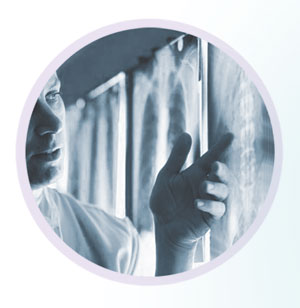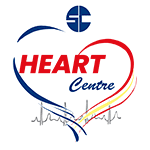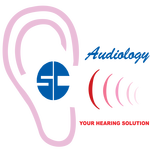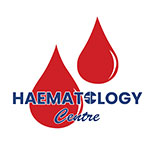-
WHATSAPP ENQUIRY
+6017-472 4260 -
238, Jalan Macalister
10400 Penang, Malaysia -
Language

Osteoporosis is associated with increased risk of bone fracture. It involves a gradual loss of calcium, causing the bones to become thinner, more fragile thus prone to fracture. There are many known risk factors for the development of osteoporosis.
Among them are:
- Increasing age
- Small body frame size
- Family history of osteoporosis
- Smoking
- Rheumatoid arthritis
- Poor calcium intake
- Lack of estrogen replacement in the post menopausal state
- Prolonged use of steroids
Today, DEXA bone densitometry (Dual-Energy X-ray Absorptiometry), an enhanced form of x-ray technology, is the established standard used for measuring bone mineral loss to detect osteoporosis accurately.
LohGuanLye SPECIALISTS CENTRE uses the DXA HOLOGIC QDR Delphi for the DEXA scan. Bone density measurement can determine the presence and the severity of osteoporosis and can be used to predict the future risk of developing osteoporosis and fractures. Bone density testing can also be used to monitor the effects of medical problems on the bone health or of the treatment for osteoporosis. The effectiveness of treatment is best monitored by measuring bone density when treatment begins and again after one or two years of therapy.
Your result will be in the form of two scores, where:
T-score
It is used to estimate your risk of developing a fracture. The number shows the amount of bone you have as compared to a young adult of the same gender with peak bone mass, where:
- A score of above -1 is considered normal.
- A score between -1 and -2.5 is classified as osteopenia, the first stage of bone loss.
- A score below -2.5 is defined as osteoporosis.
Z-score
It tells you the amount of bone you have compared to other people in your age group and of the same size and gender. It may indicate a need for further medical tests if it is unusually high or low.
How is the procedure performed?
You are required to change into hospital clothing and lie on a padded table. You should not feel any discomfort as the procedure is painless and no injection is required. The amount of radiation is extremely small as it uses less than 1/10 of the x-ray dose of a chest x-ray (the dosage of a chest x-ray is equivalent to 3 days of background radiation).
Measurement of the lower spine (lumbar spine) and hips are most often done as these are where most osteoporosis-related fractures occurred. For the hip scan, your legs will be slightly rotated inwards and held with a positioning block. For the lower spine scan, your legs will be elevated on a cushion.
During scanning, the C-arm, consisting of an x-ray detector above you and the x-ray generator beneath the table, will slowly passed over the area of interest, generating images on the computer. It is important that you lie as still as possible during the scan to ensure the data collected by the computer is useful. The whole procedure takes less than 30 minutes.
The results
The data collected by the computer will be compared to a chart of healthy bone mass in an age matched comparison to verify the presence of osteoporosis.
Our radiologist will interpret the findings and the report will be sent to your doctor who will work with you to develop a treatment plan to help prevent fractures before it occurs.
Special notes:
You should not have this exam
- Within one to two weeks after any kind of barium examination or any other radionuclide studies.
- If you are or suspected that you may be pregnant.
Do not take any calcium or vitamin supplements at least 24 hours prior to the day of the exam.













